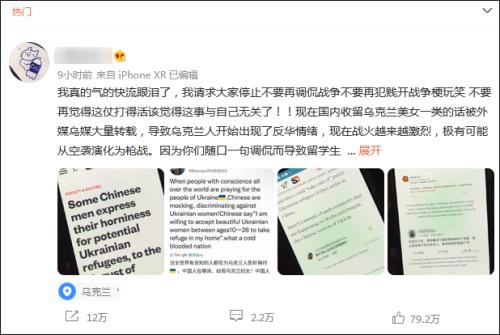为什么艺术是重要的英语
The Role of Art in Financing War
Art has played a complex and often controversial role in financing wars throughout history. From the sponsorship of renowned artists by wealthy rulers to the sale of art to fund military campaigns, the relationship between art and war financing is multifaceted.

Historically, powerful leaders and monarchs have long been patrons of the arts, commissioning works that glorify their reigns and accomplishments. This patronage often extended to funding military endeavors, with art used as a tool for propaganda to rally support for wars among the populace. For example, historical paintings and sculptures depicting battles and victories were commissioned to portray rulers as heroic figures and justify their military actions.
During times of conflict, art has been used as a commodity to raise funds for war efforts. In desperate times, valuable artworks have been sold or traded to finance military campaigns. In some cases, art looted during wars has been sold on the black market to fund ongoing conflicts. The unethical trade of cultural heritage to finance warfare has raised ethical concerns and ignited debates about the accountability of the art world in perpetuating violence.
In modern times, the relationship between art and war financing continues to be scrutinized. Governments, institutions, and individuals involved in the art market are urged to consider the ethical implications of their actions. Efforts are being made to prevent the illicit trade of art that fuels armed conflicts and to protect cultural heritage from being exploited for war financing purposes.
By acknowledging the historical and contemporary intersections of art and war financing, and by adhering to ethical principles and promoting accountability, the art world can strive to ensure that art does not foot the bill for conflict and violence.